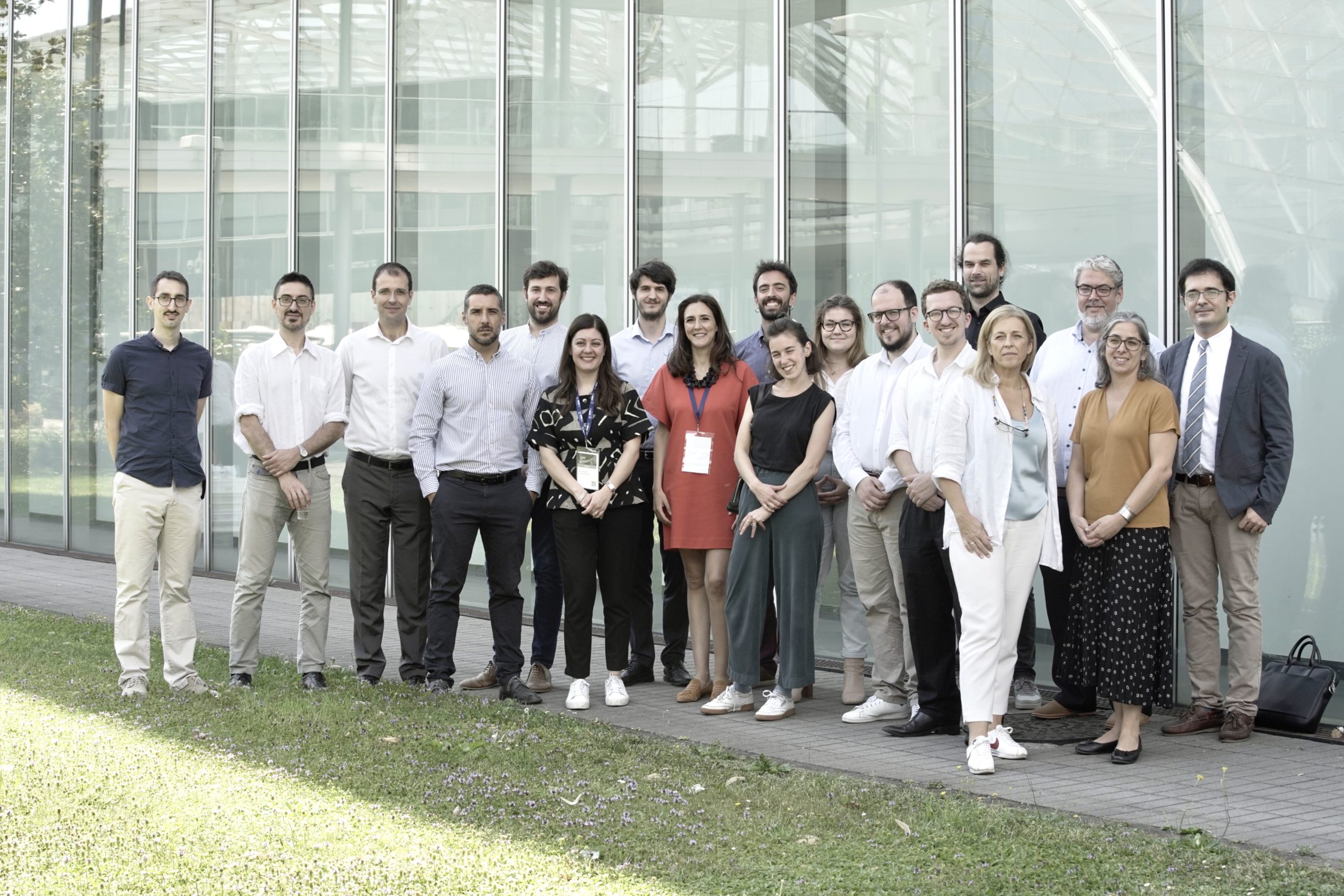The HARP project has ended after three successful years of motivating the replacement of inefficient heating systems. Over this time, we have reached almost 9 million consumers with our campaigns.
Supported by the principle that you can only act on what you know, the HARP strategy relied on the energy label as the preferential tool to communicate with consumers and outline the opportunities of a planned replacement of their inefficient heating appliances.
Focusing not only on space heating but also looking into water heaters and combi appliances, the HARP consortium defined energy labelling methodologies to classify existing heating appliances and developed an online tool that allows users, both consumers and professionals, to label their existing heating appliances and check the most efficient replacement opportunities on the market.
The HARP online tool helps consumers discover the efficiency of their installed heating appliances and discover their options for replacement. The tool has generated more than 34,000 energy labels for existing heating systems and motivated just under 19,000 consumers to replace them with more efficient systems.
With the energy transition at the top of Europe’s agenda and energy efficiency more important than ever, it is clear that HARP has enduring relevance.
We would like to extend a big thank you to everyone who has followed our work over the last three years and attended our events. We hope and believe that the methodology we developed will continue to support our transition away from old, inefficient heating systems.
The HARP website will remain online so that people can continue to benefit from our resources and the HARP online tool. Would you like to learn more about the HARP project? Watch the recording of our final conference!
You can find HARP’s final reports below:
D6.1 – Best practices for introducing indicative labelling for existing heating solutions
D6.2 – Guidelines for national policy integration
D6.3 – Business models for exploitation and sustainable management features
